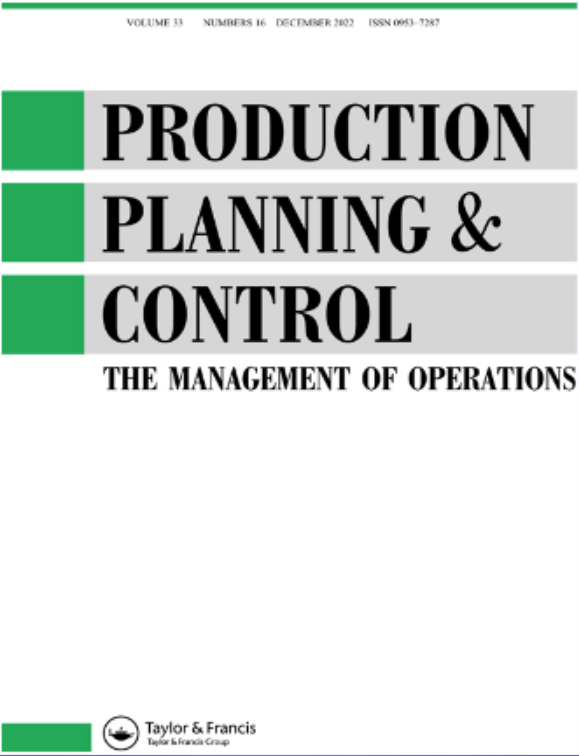理解高价值制造业:相关政策和理论
IF 5.4
3区 管理学
Q1 ENGINEERING, INDUSTRIAL
引用次数: 4
摘要
高成本经济体的政府政策议程关注制造业竞争力,促进他们所谓的高价值制造业(HVM)。HVM被视为解决高成本经济体的制造商在竞争中被低成本经济体的制造商超越的问题的办法。尽管HVM这个术语无处不在,但很少有学术参与,使得HVM成为一个缺乏理论的新兴现象,缺乏学术合法性。因此,我们的目的是获得一个“理论立足点”,从而使HVM现象得以表征。本文对英国和德国政府以及欧盟委员会(European Commission)的政策文件进行了实证分析,以确定其论点中的主题。进行文献咨询,以揭示潜在的理论线索告知这些论点。以下是将政策文件中的主题与确定的理论链联系起来的综合。我们发现政策使用了多个多学科、随机抽取的元素。然而,尽管如此,一些模式可以通过从运营战略、供应链管理和创新中提取的元素来识别。通过定义这些要素,本文使政策修辞变得有意义,并建立对HVM的更清晰的理解,从而促进对其性质及其对当代制造业竞争力的贡献进行更清晰、更有条理的研究。本文章由计算机程序翻译,如有差异,请以英文原文为准。
Making sense of high value manufacturing: relating policy and theory
Abstract Government policy agendas in high-cost economies focus on manufacturing competitiveness promoting what they term High Value Manufacturing (HVM). HVM is seen as the solution to the problem of manufacturers in high-cost economies being outcompeted by those in low-cost economies. Despite the ubiquity of the term HVM, there is little academic engagement with it leaving HVM an under-theorized, emerging phenomenon lacking in academic legitimization. Our purpose is therefore to gain a ‘theoretical foothold’ to allow the phenomenon of HVM to be characterized. Policy documents from the UK and German governments and the European Commission are empirically analysed to determine the themes within their arguments. A literature consultation is conducted to reveal the underlying theoretical strands informing these arguments. A synthesis follows that relates the themes within the policy documents to the identified theoretical strands. We find that policy uses a plurality of multi-disciplinary, randomly drawn elements. However, despite this, some patterns can be identified with elements drawn from operations strategy, supply chain management and innovation. By defining these elements, this article makes sense of the policy rhetoric and builds a clearer understating of HVM so facilitating sharper and more structured research into its nature and its contribution to contemporary manufacturing competitiveness.
求助全文
通过发布文献求助,成功后即可免费获取论文全文。
去求助
来源期刊

Production Planning & Control
管理科学-工程:工业
CiteScore
19.30
自引率
9.60%
发文量
72
审稿时长
6-12 weeks
期刊介绍:
Production Planning & Control is an international journal that focuses on research papers concerning operations management across industries. It emphasizes research originating from industrial needs that can provide guidance to managers and future researchers. Papers accepted by "Production Planning & Control" should address emerging industrial needs, clearly outlining the nature of the industrial problem. Any suitable research methods may be employed, and each paper should justify the method used. Case studies illustrating international significance are encouraged. Authors are encouraged to relate their work to existing knowledge in the field, particularly regarding its implications for management practice and future research agendas.
 求助内容:
求助内容: 应助结果提醒方式:
应助结果提醒方式:


